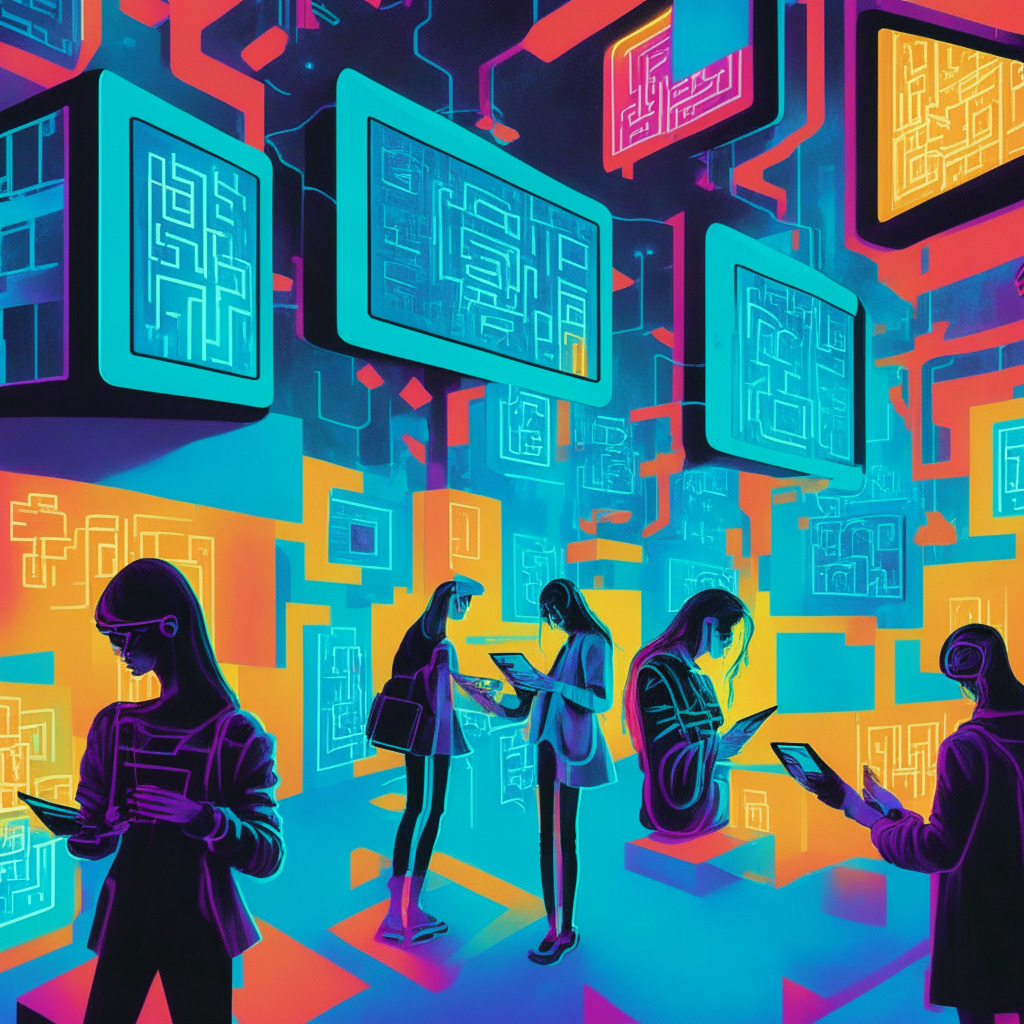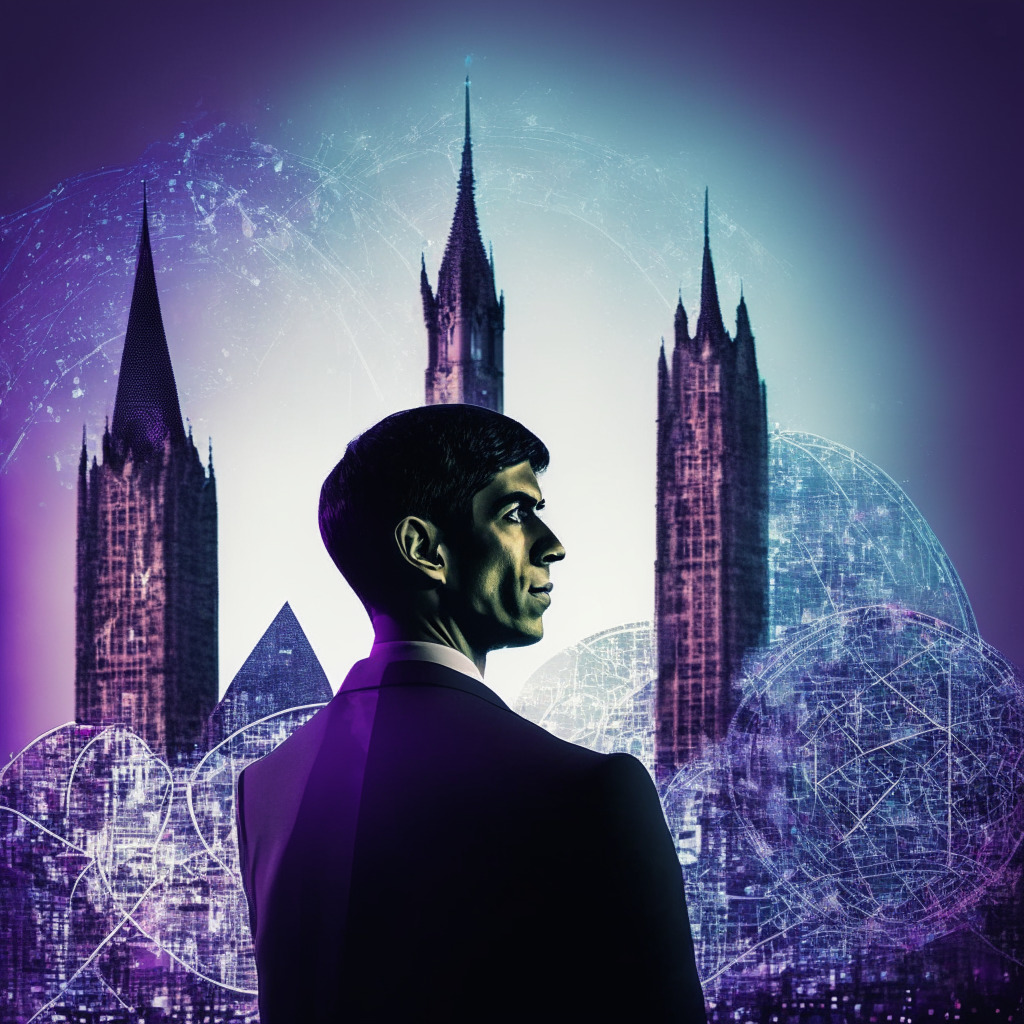The influence of artificial intelligence (AI) and blockchain on global business systems is escalating, according to a recent report by Moody’s Investors Service. Such technological advancements are anticipated to restructure established sectors and precipitate the birth of fresh markets. These tools, already crossing a “tipping point”, could result in the contraction or entire eradication of conventional industries while introducing novel markets.
That said, the impact of AI and blockchain technologies extends beyond mere corporate transformations. They are predicted to drive economic growth by augmenting productivity through task automation, assisting in counteracting decrements in the labour force in countries grappling with shrinking and aging populations. Blockchain, or Distributed Ledger Technology (DLT), could prove advantageous in fostering financial inclusion and modernising payment systems. However, it may be another decade before these advantages become apparent.
It isn’t all rosy. Technological disruption inevitably breeds a degree of ambiguity. In essence, digital transformations will simultaneously accelerate and exacerbate the risks we already grapple with. Existing risk and opportunity interplay has the potential to influence strategies among businesses across sectors, financial performance, governance and risk management, as well as broader industry and economy-scale shifts. Despite technological changes promising economic and financial boosts, it is vital to consider how progress’ costs and benefits will be distributed amongst individuals, corporations and nations.
Another aspect that has prompted considerable discussion relates to the NFT marketplace. For instance, the recent migration of the entire nonfungible token (NFT) collection OnChainMonkey, from Ethereum to Bitcoin is an undertaking of considerable magnitude. Its cost is projected to exceed $1 million, highlighting the instituted belief in Bitcoin’s robustness and promise. Despite this shift, Ethereum continues to command the NFT market, accounting for a significant portion of NFT-related transactions.
Crypto enthusiasts should remain vigilant in this evolving landscape. It’s only a matter of time before a thriving Bitcoin-native NFT ecosystem comes to fruition. However, this doesn’t downplay the potential for parallel growth in the Ethereum NFT arena. As with all cryptocurrencies, it’s a space requiring meticulous research and understanding; high volatility is inherent. Consequently, readers are advised to evaluate the risks before engaging in related undertakings. Ultimately, it will be fascinating to observe how the intersection of AI, blockchain, and NFTs will propel us into the future.
Source: Cointelegraph




